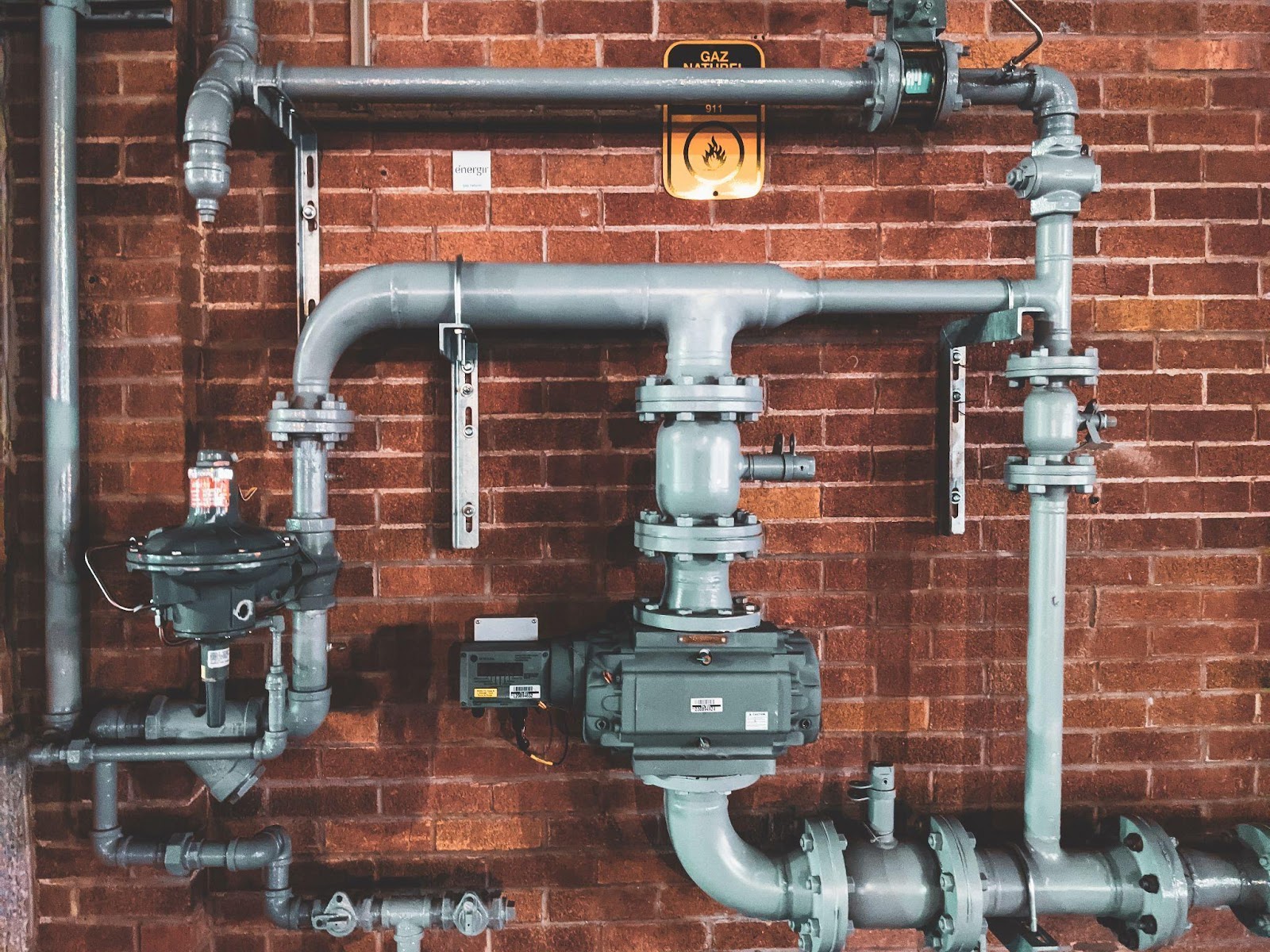Share This Article
Have you ever heard that you should use PTFE tape instead of electrical tape when working on pipes around your home? Maybe it’s the first time you’ve heard about it. Therefore, you’re not sure what it is or how to use it to begin with.
First things first, even if it’s the first time you’ve heard the words PTFE tape, you’ve probably heard the term Teflon tape and plumbers tape before. The three tapes are the same, and their names are usually used interchangeably. They can be used around any kind of pipework to seal them.
What is PTFE Tape?
Polytetrafluoroethylene, or PTFE, is an artificial fluoropolymer. It’s commonly called Teflon tape and sometimes plumber’s tape.
PTFE Tape is a fundamental and versatile lubricant used as a sealer in the construction of pipelines. It comes in a plastic container to prevent the bonding substance from contamination while in storage.
The lubrication quality of such tape aids in the enduring installation of the threads and the prevention of thread seizing after unscrewing. Since it’s made for industrial uses, it comes in pre-cut lengths wrapped on reels.
PTFE tape is available in two densities: low and high. It has a low density of around 0.37g/cm3 and a high density of approximately 0.70g/cm3 or 1.2g/cm3.
These adhesives are intended for pipes or tubes constructed of aluminum, copper, or steel owing to surface adaptability. Other PTFE tapes can adhere to metal alloys, glass, and plastics. Density, height, and breadth are essential considerations in these tapes.
Types and Uses of PTFE Tape
White Colored PTFE
White PTFE is a single-density tape. It’s usually only applied on 3/8 inch NPT threads. This could, nevertheless, be used in low-pressure household waterways such as garden hoses, taps, cooking gas hookups, etc.
Yellow Tape
The yellow tape is made of double-density material. It could be used for either natural gas or propane/butane connections. It’s considered best for gas-type work since it can be fastened and disassembled at any time without the tape losing its adhesiveness.
Red PTFE
Red PTFE has three densities. The tape wrapping is red but in comes in pale pink color. It is suitable for joints with a width of 12 or higher. It can also be used in high-pressure plumbing fixtures with a working temp of 190 F and stress of 150psi.
Green PTFE Tape
Green PTFE is an oil-free tape that is utilized in oxygen-transporting tubes. The tape is suitable for medical oxygen cylinder lines and oxygen welding connections.
Copper Colored PTFE Tape
Copper-colored PTFE tapes are mostly applied as a thread lubricant and not a thread sealant like other PTFE tapes. It even has copper particles in it.
Silver PTFE Tape
Silver-colored PTFE contains nickel granules that have been crushed or infused. Nickel-infused particles are preferable to powdered ones. It serves as a sealer and lubricant.
How to Use PTFE Tape?
Wrapping PTFE tape may appear straightforward, but since it lacks adhesive characteristics, you must ensure that you loop it in the appropriate direction and the correct location or end up with a knuckled disaster.
Here are the methods to properly wrap PTFE tape and achieve a leak-free seal.
.
-
Firstly, identify the male thread of the pipe. Then clean them with a dry rag to remove any dirt or grime.
-
Set the edge of the tape on the second thread from the structure’s end and fasten it with your thumb. The tape must be laid level across the threads and stretch parallel to the pipe’s body.
-
Enclose the tape all around pipes in the reverse directions so that they would be rotated once you attach them to another pipe.
-
Maintain pressure on the tapes to ensure that it is fastened all around the pipe. As you overlay the tape, make your way down first from the pipe’s tip to fully cover the threads.
-
Run the tape everywhere around the pipe 4 to 6 times. Terminate towards the end of the threads, against the end of the pipe. Overwrapping the tape too much will make it difficult to join the pipes firmly.
-
Once you’re completed wrapping, grab the tape with your thumb and index finger and pull them firmly to separate the edge of the tape from the spindle. It ought to be easy to break.
We hope the above steps help you in using PTFE tape.
Final Words
This is everything we had to say regarding PTFE tape and how to use it. Unfortunately, despite how great the product is, not many people know about it.
After reading all of the above, if you feel like getting your hands on PTFE tape go to your nearest hardware store and ask for PTFE tape or TEFLON tape. It’s highly unlikely that the store isn’t stocked up on them, considering how much plumbers love it.
FAQs
How many PTFE tapes do you need?
You can avoid wasting tape by using a PTFE tape sealer with a minimum depth of 2.5 mils. Fold the tape along the order of the threads to secure a proper closure. You just need 2-3 wraps of tape, however, the thinner tape may require 4-5 wraps.
Does PTFE tape expire and what happens if it does?
There is an expiry on the PTFE tape. As per user complaints, the expiry date has an effect on the consistency and durability of PTFE tape. The PTFE tape’s sealant is polyurethane, and its strength will diminish over time.
What should the tightness of plumbing fittings be?
In practice, you should strive for 2 to 3 wrappings after tightening. Perform an additional full spin if that still seems loosened. Many plumbers will use Teflon tape as well as pipe dope. Determines the thickness of the Teflon tape, 3 to 6 rounds in the orientation of the threads are recommended.
